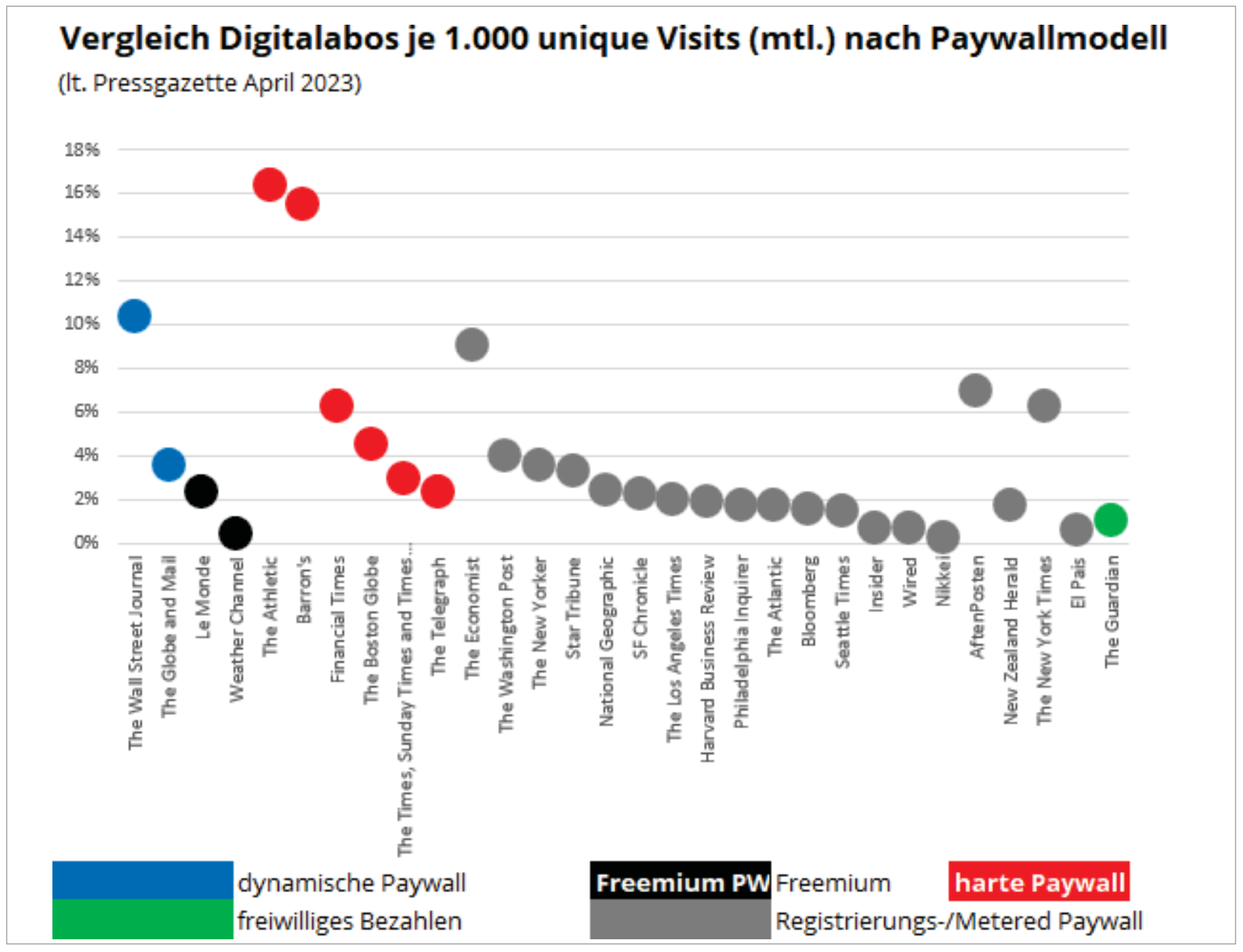- Digital Media Products, Strategy and Innovation by Kevin Anderson
- Posts
- One-third of traffic to digital news traffic threatened by AI
One-third of traffic to digital news traffic threatened by AI
A look at the variables that drive subscription conversion success

The graphic at the beginning of this article lays out a problem that audiences are facing: information overload. And it strikes me that a number of the initiatives that publishers have tried in the past decade to attract new audiences have helped create the problem of information overload, not solve it. And AI sceptics talk about one possible, if not probable, outcome of AI: a tsunami of crap content. Volume publishers are looking to AI to reduce headcount even further while creating more content than ever. That will only exacerbate the problem of information overload, which technology companies will gladly solve by using generate AI. In the first quarter of 2023, 29% of referrals to news sites came from search engines, which is more than double the amount the amount of traffic that social media sent to news sites - only 14%. If AI disrupts search traffic to news sites, then it could cut into that third of traffic. But in this INMA piece, they break search traffic down even further between navigational, informational and transactional queries, which mean that possibly not all of this traffic is at risk. On the bright side, the piece says that due to computing costs, it will take Google and Microsoft about two years to roll out generative Ai so publishers have time to adapt but no time to lose.
Poool looks at an analysis by the Press Gazette on what drives conversion and adds their own data. The Press Gazette said that conversion depended on variables such as the amount of time that the publisher had had a paywall in place, the brand reach (national vs local brands) and whether the publisher relied solely on paid content or balanced subs revenue with advertising.
Poool added their own data and also found that conversion success also depended on whether a registration wall was part of the conversion process, whether a single or multiple offers were displayed at the paywall and whether the paywall has good mobile usability. They go through other issues affecting conversion success. It’s a good resource for those of you looking to optimise your conversion experience.
In the recent Reuters Institute Digital News report, they showed how news fatigue is continuing to affect engagement with digital news content. As the report found, most people who avoid news do not avoid all news but often specific subjects or anything but major news. Some of those who avoided news were looking for more positive takes on the news.
US broadcaster CBS is finding success with solutions journalism. This is an approach that not only highlights issues but also covers different approaches to solve the problems highlighted.
WAN-IFRA looks at how a coaching approach can help news publishers adapt to the changes that digital disruption has brought to the media business. It covers how a coaching approach works to understand the publisher’s problems and guide the participants towards a solution.
A look at newspaper circulation in the US by the Press Gazette. The bigger they are the harder they fall with the largest print titles seeing an average drop of 14% in their print circulation. And I think it’s important to stress the drop in print circulation. The New York Times saw its print circulation drop by 10%, but in May, it reported that in its latest quarter, digital circulation had grown by 190,000. The New York Times boasts 9.7 total subscribers, with 710,000 of those being print subscribers.
Podcasting is seeing consolidation, with Spotify retrenching its podcasting strategy. The changes have meant a decline in Hollywood stars and other big-budget talent and a focus more on audio specialists.
If you want another Twitter competitor, your wait is over. Sensing blood in that water, Meta is only weeks away from launching its answer to Twitter. Forget about the Musk v. Zuck cage fight, this is where the real action is.






